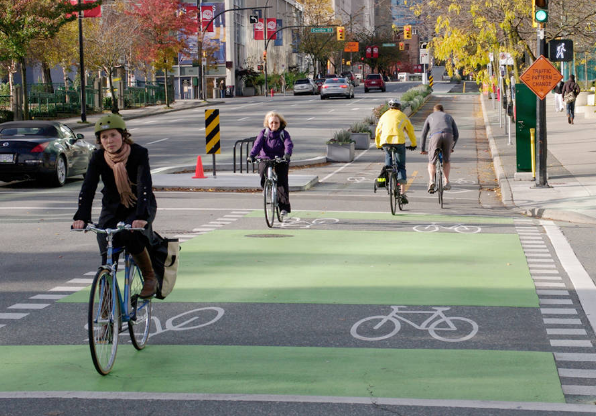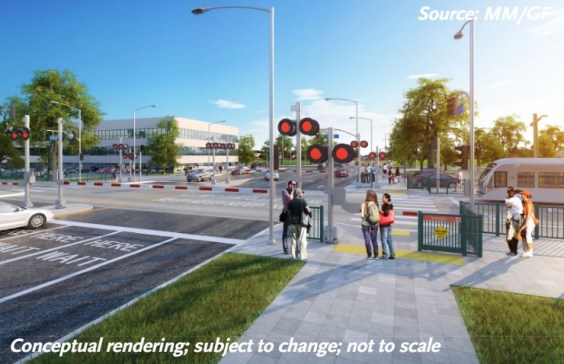Last week, Caltrans Director Toks Omishakin signed a new Complete Streets policy which states that "all transportation projects funded or overseen by Caltrans will provide comfortable, convenient, and connected complete streets facilities for people walking, biking, and taking transit or passenger rail unless an exception is documented and approved."
Although the policy was quickly put on blast - this is a big deal! - Caltrans considers it an internal document and is still in the midst of preparing its public release. That means there are a lot of unanswered questions remaining, including about which projects it will apply to and what kinds of financial effects it will have.
While some of the immediate reactions from advocates included a not-unwarranted skepticism - Caltrans drags around a well-deserved reputation for being an obstacle for safety improvements that don't center cars and their occupants - this policy is consistent with recent shifts at the state level towards a more equitable, more sustainable transportation system.
That shift includes work at Caltrans to move away from its old definition as a highway-focused department, to set goals to increase bike, walking, and transit mode use, and to incorporate pedestrian safety into its planning. It also includes the adoption of the Climate Action Plan for Transportation Infrastructure, aka CAPTI, by CalSTA, which oversees all state transportation agencies.
One major shift seen in this new policy is the reversal of what is standard and what is considered an exception. That is, up until now getting safety features for bike riders and pedestrians added to state highway projects had usually only been possible through an onerous exception process (which often required tenacious advocacy.)
"This changes the default to one where connected facilities for all ages and abilities are automatically included," according to Warren Wells, Policy and Planning Director of the Marin County Bicycle Coalition. Now, engineers and planners will "need to seek approval, including justification, for why they can't do so," rather than the other way around.
In the past, Caltrans approval processes have made it very difficult and time-consuming for projects to receive exemptions. If that onerous Caltrans exception process remains along the lines of what it is today, exceptions would be infrequent, well-documented, transparent, and would need to be made at every step of the way.
That "if" is one of the many questions still to be answered.
Another question is what counts as "comfortable, convenient, and connected complete streets facilities." This is one question Caltrans has been working to answer - creating a pedestrian safety program, for example, and starting to track high-injury spots and points where people need to cross state facilities on foot and on bike. But many transportation engineers who have focused their careers on accommodating driving are only very slowly coming to understand what it means to build a truly safe and comfortable multi-modal facility. While Caltrans is conducting staff training on all levels, this learning won't happen overnight.
Another point of concern is how this might play out at the district level. There are twelve Caltrans districts, and each is unique in its needs, approach, and leadership. District heads - who are the ultimate decision makers on exceptions to the policy - may take to it with varying levels of understanding and enthusiasm.
Streetsblog will update our readers when Caltrans has answers to these and more questions about the policy. Add your questions in the comment section below.
Meanwhile, know that a change is coming - and be ready to run with it. Because local municipalities will still need reminding that "it's a Caltrans facility" is no longer an excuse to avoid tackling safety issues on their main streets.





